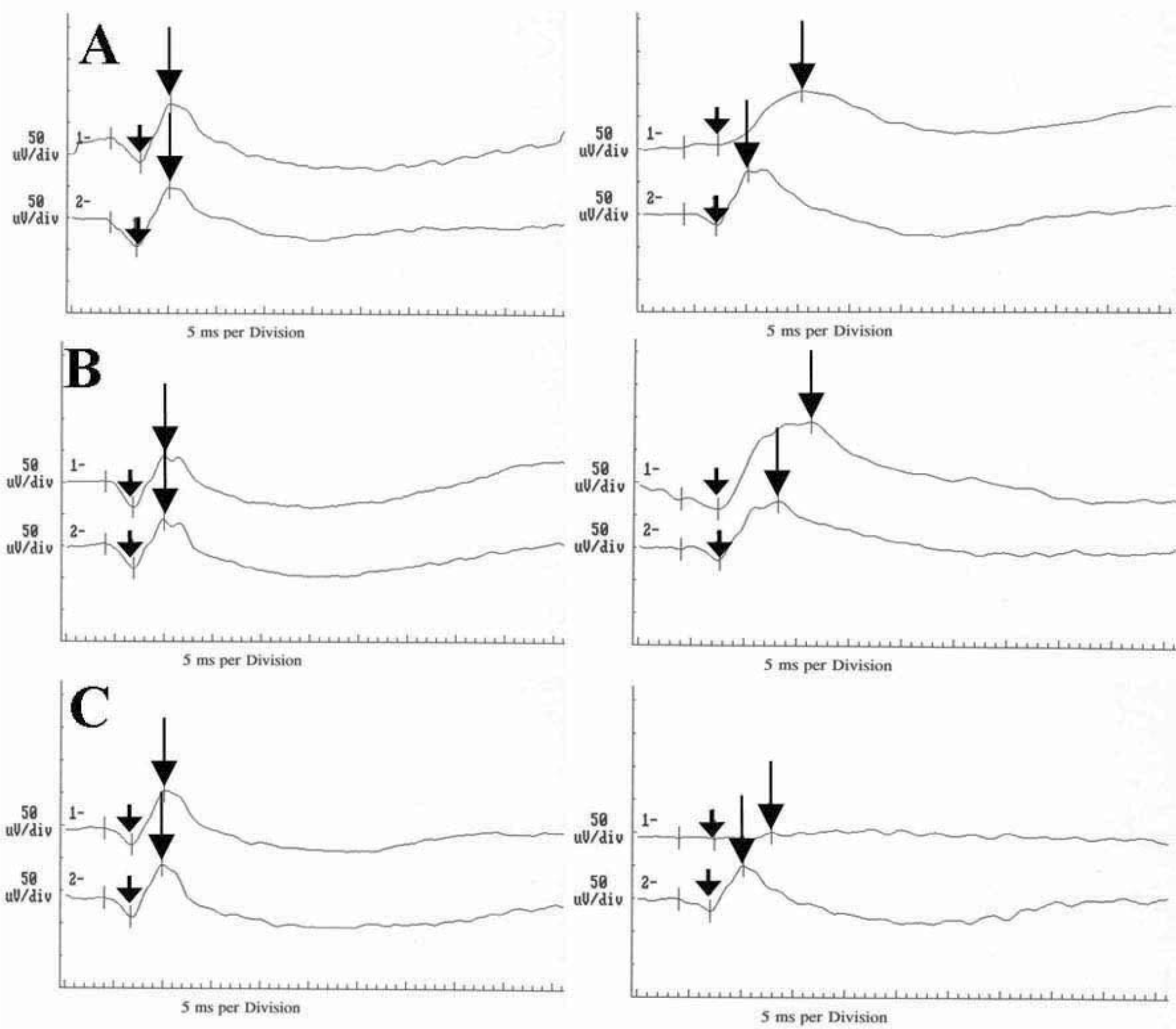1. O'Day DM, Jones DB, Patrinely J, Elliott JH. Staphylococcus epidermidis endophthalmitis. Visual outcome following noninvasive therapy. Ophthalmology. 1982; 89:354–60.
2. Results of the Endophthalmitis Vitrectomy Study. A randomized trial of immediate vitrectomy and of intravenous antibiotics for the treatment of postoperative bacterial endophthalmitis. Endophthalmitis Vitrectomy Study Group. Arch Ophthalmol. 1995; 113:1479–96.
3. Aydin E, Kazi AA, Peyman GA, Esfahani MR. Intravitreal toxicity of moxifloxacin. Retina. 2006; 26:187–90.

4. Ermis SS, Cetinkaya Z, Kiyici H, Ozturk F. Treatment of Staphylococcus epidermidis endophthalmitis with intravitreal moxifloxacin in a rabbit model. Tohoku J Exp Med. 2005; 205:223–9.

5. Roth DB, Flynn HW Jr. Antibiotic selection in the treatment of endophthalmitis: the significance of drug combinations and synergy. Surv Ophthalmol. 1997; 41:395–401.

6. Gao H, Pennesi ME, Qiao X, et al. Intravitreal moxifloxacin: retinal safety study with electroretinography and histopathology in animal models. Invest Ophthalmol Vis Sci. 2006; 47:1606–11.

7. Bower KS, Kowalski RP, Gordon YJ. Fluoroquinolones in the treatment of bacterial keratitis. Am J Ophthalmol. 1996; 121:712–5.

8. Donnenfeld ED, Schrier A, Perry HD, et al. Penetration of topically applied ciprofloxacin, norfloxacin, and ofloxacin into the aqueous humor. Ophthalmology. 1994; 101:902–5.

9. Rowen S. Preoperative and postoperative medications used for cataract surgery. Curr Opin Ophthalmol. 1999; 10:29–35.

10. Goldstein MH, Kowalski RP, Gordon YJ. Emerging fluoroquinolone resistance in bacterial keratitis: a 5‐ year review. Ophthalmology. 1999; 106:1313–8.
11. Mather R, Karenchak LM, Romanowski EG, Kowalski RP. Fourth generation fluoroquinolones: new weapons in the arsenal of ophthalmic antibiotics. Am J Ophthalmol. 2002; 133:463–6.
12. Ednie LM, Jacobs MR, Appelbaum PC. Activities of gatifloxacin compared to those of seven other agents against anaerobic organisms. Antimicrob Agents Chemother. 1998; 42:2459–62.

13. Hariprasad SM, Mieler WF, Holz ER. Vitreous penetration of orally administered gatifloxacin in humans. Trans Am Ophthalmol Soc. 2002; 100:153–9.
14. Hariprasad SM, Mieler WF, Holz ER. Vitreous and aqueous penetration of orally administered gatifloxacin in humans. Arch Ophthalmol. 2003; 121:345–50.

15. Solomon R, Donnenfeld ED, Perry HD, et al. Penetration of topically applied gatifloxacin 0.3%, moxifloxacin 0.5%, and ciprofloxacin 0.3% into the aqueous humor. Ophthalmology. 2005; 112:466–9.

16. Kazi AA, Jermak CM, Peyman GA, et al. Intravitreal toxicity of levofloxacin and gatifloxacin. Ophthalmic Surg Lasers Imaging. 2006; 37:224–9.

17. Loewenstein A, Zemel E, Lazar M, Perlman I. Drug‐ induced retinal toxicity in albino rabbits: the effects of imipenem and aztreonam. Invest Ophthalmol Vis Sci. 1993; 34:3466–76.
18. Mino De Kaspar H, Hoepfner AS, Engelbert M, et al. Antibiotic resistance pattern and visual outcome in experimentally-induced Staphylococcus epidermidis endophthalmitis in a rabbit model. Ophthalmology. 2001; 108:470–8.
19. Engelbert M, Mino de Kaspar H, Thiel M, et al. Intravitreal vancomycin and amikacin versus intravenous imipenem in the treatment of experimental Staphylococcus aureus endophthalmitis. Graefes Arch Clin Exp Ophthalmol. 2004; 242:313–20.

20. Domagala JM. Structure‐ activity and structure‐ side‐ effect relationships for the quinolone antibacterials. J Antimicrob Chemother. 1994; 33:685–706.
21. Hwang DG. Fluoroquinolone resistance in ophthalmology and the potential role for newer ophthalmic fluoroquinolones. Surv Ophthalmol. 2004; 49:79–83.

22. Ozkiris A, Evereklioglu C, Esel D, et al. The efficacy of intravitreal piperacillin/tazobactam in rabbits with experimental Staphylococcus epidermidis endophthalmitis: a comparison with vancomycin. Ophthalmic Res. 2005; 37:168–74.
23. Maxwell DP Jr, Brent BD, Orillac R, et al. A natural history study of experimental Staphylococcus epidermidis endophthalmitis. Curr Eye Res. 1993; 12:907–12.
24. Meredith TA, Aguilar HE, Miller MJ, et al. Comparative treatment of experimental Staphylococcus epidermidis endophthalmitis. Arch Ophthalmol. 1990; 108:857–60.

25. Meredith TA, Trabelsi A, Miller MJ, et al. Spontaneous sterilization in experimental Staphylococcus epidermidis endophthalmitis. Invest Ophthalmol Vis Sci. 1990; 31:181–6.
26. Chung KH, Shin JP, Kim IT. Spontaneous sterilization in experimental Staphylococcus and Pseudomonas endophthalmitis. J Korean Ophthalmol Soc. 1995; 36:1895–902.
27. Kwok AK, Hui M, Pang CP, et al. An in vitro study of ceftazidime and vancomycin concentrations in various fluid media: implications for use in treating endophthalmitis. Invest Ophthalmol Vis Sci. 2002; 43:1182–8.
28. Hui M, Kwok AK, Pang CP, et al. An in vitro study on the compatibility and precipitation of ciprofloxacin and vancomycin in human vitreous. Br J Ophthalmol. 2004; 88:218–22.
29. Choi KS, Kim JS, Nam KR. Effect of intravitreal ciprofloxacin in the treatment of experimental Bacillus endophthalmitis. J Korean Ophthalmol Soc. 2002; 43:890–7.
30. Recchia FM, Busbee BG, Pearlman RB, et al. Changing trends in the microbiologic aspects of postcataract endophthalmitis. Arch Ophthalmol. 2005; 123:341–6.

31. Esmaeli B, Holz ER, Ahmadi MA, et al. Endogenous endophthalmitis secondary to vancomycin-resistant enterococci infection. Retina. 2003; 23:118–9.

32. Saenz Gonzalez MC, Valero Juan LF. [Enterococcus sp. resistance, a growing problem. Epidemiologic study (1987–1993)]. Med Clin (Barc). 1994; 103:485–9.
33. Schwalbe RS, Stapleton JT, Gilligan PH. Emergence of vancomycin resistance in coagulase‐ negative staphylococci. N Engl J Med. 1987; 316:927–31.







 PDF
PDF ePub
ePub Citation
Citation Print
Print


 XML Download
XML Download